Covid-19 cases are surging yet again in the United States, but unlike previous waves, a substantial rise in hospitalizations and deaths isn’t following yet.
The U.S. reported nearly 140,000 Covid-19 cases on Wednesday, marking the third day in a row daily cases have exceeded 100,000, according to an NBC News tally.
Nationwide, cases have climbed by roughly 58 percent over the past two weeks as the omicron coronavirus subvariant BA.2 and an offshoot of that strain, called BA.2.12.1, continue to spread.
The last time confirmed cases exceeded 100,000 was in mid-February, when the winter surge, fueled by the original omicron variant, BA.1, began to subside.
However, in the Northeast, where the vast majority of cases are being reported, the rate of hospitalizations and deaths aren’t as high as expected, a senior administration official told NBC News earlier this week.
And with a large number of Covid infections going undercounted because of the use of at-home rapid tests, the rate of severe cases looks even more hopeful, experts say.
Usually, when infections begin to rise, “we see a rise in hospitalizations around 10 days later, and a rise in deaths around 22 days later,” the official said.
In fact, hospitalizations are rising to nearly 20,000 per day, up 20 percent over the past two weeks, according to an NBC News analysis of Health and Human Services data — but officials say that metric is becoming less of a reliable indicator.
Full coverage of the Covid-19 pandemic
In Massachusetts, for example, while Covid hospitalizations have gone up, two-thirds of the people hospitalized are so-called incidental Covid cases, meaning they were hospitalized for other ailments but also tested positive for the virus, according to the state’s Department of Health.
Meanwhile, deaths across the country have dropped to an average of 301 fatalities per day, down roughly 17 percent over the past two weeks, according to an NBC News tally, and down from more than 2,600 per day during the omicron winter surge.
The lower rate of severe illness in the Northeast may reflect the region’s high vaccination rate, the prevalence of testing and the use of antiviral drugs, such as Paxlovid, which has been shown in clinical trials to cut a patient’s risk of hospitalization and death by 89 percent, the official said.
Dr. Isaac Bogoch, an infectious disease physician at the University of Toronto, said that as communities continue to build up immunity against the virus, people should expect new variants to have less of an impact.
The U.S. has acquired a high level of immunity from Covid through a combination of vaccinations, boosters and prior infection. Nearly 60 percent of people in the country had been infected by February, including roughly 75 percent of children and teens, the Centers for Disease Control and Prevention reported recently.
Covid wave could last until July
Bill Hanage, an associate professor of epidemiology at Harvard’s T.H. Chan School of Public Health, said that while the lower rate of severe illness is “comforting,” the high rate of infection is still something that cannot be ignored.
That’s because, he said, people hospitalized with Covid but who don’t have severe symptoms are still at risk of transmitting the virus to others, including at-risk patients as well as hospital staff, who may be forced to take time off work if they become infected.
“It is something which is not trivial,” he said.
Bogoch, of the University of Toronto, agreed, adding that people cannot ignore the impact of long Covid, which can cause a range of health problems that can last weeks or even months.
Hanage also said the low hospitalization rate seen in the Northeast may not replicate itself in other parts of the country, especially in places where testing isn’t as readily available, mitigation measures have disappeared and vaccination rates aren’t as high.
According to a model from the Institute for Health Metrics and Evaluation, which has made forecasts about the trajectory of Covid throughout the pandemic, Covid cases nationwide could remain elevated into July, especially in places where mask use and vaccinations are low. In certain parts of the country, hospitalizations and deaths may also rise, Hanage said.
“We have seen very different epidemiological dynamics in the South, meaning Florida, Texas, the Sun Belt, and so on,” Hanage said. Whether other regions of the country see a surge in hospitalizations and deaths will “depend on the number of people who are appropriately vaccinated,” he said.
Bogoch added that just because much of the north hasn’t seen a huge impact from the virus, it doesn’t mean that there will be “no impact” in the U.S.
And the virus will continue to impact some more than others — such as the elderly, immunocompromised individuals and people with underlying health conditions that put them at risk of severe disease, Bogoch said.
Hanage said the best step people can take is to make sure they are up to date on their Covid vaccinations.
The government should also focus on getting resources to the most vulnerable who may not have access to preventative treatments, such as Evusheld, and antivirals, such as Paxlovid.
“If you’re poor and struggling with health care, you’re less likely to be getting Evusheld and you’re less likely to be getting Paxlovid and you’re less likely to be boosted,” he said.
Follow NBC HEALTH on Twitter & Facebook.

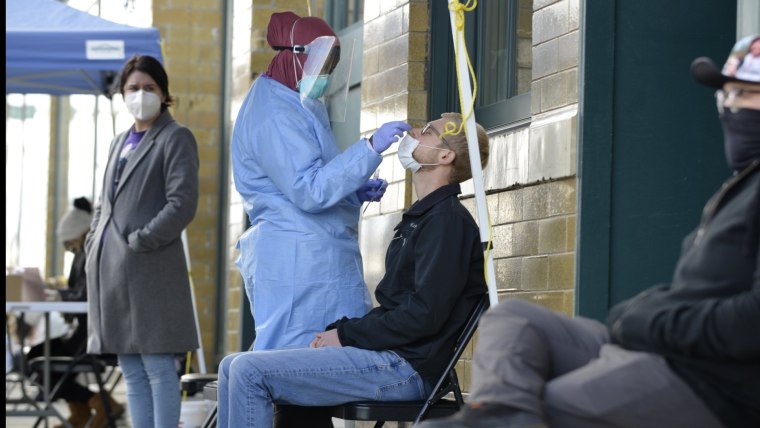
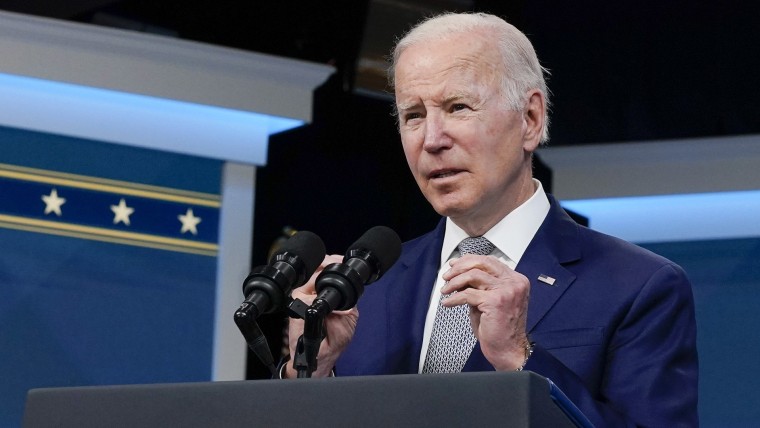

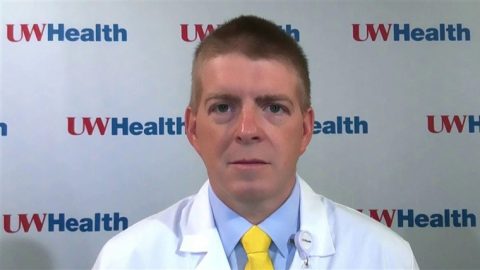

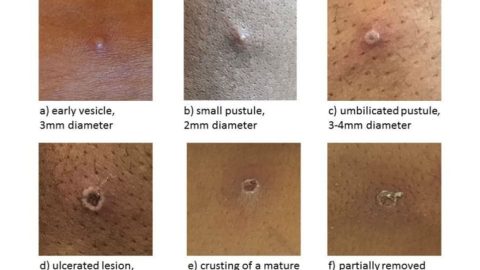


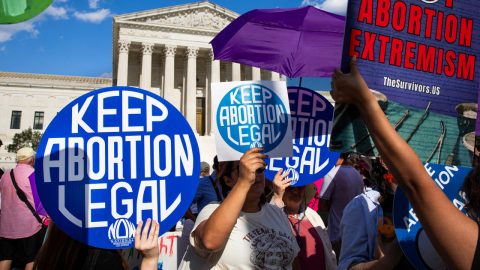

Recent Comments